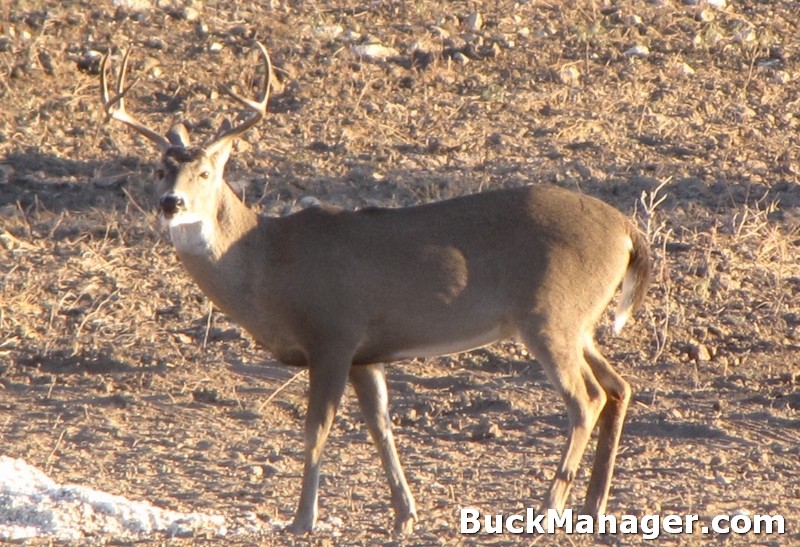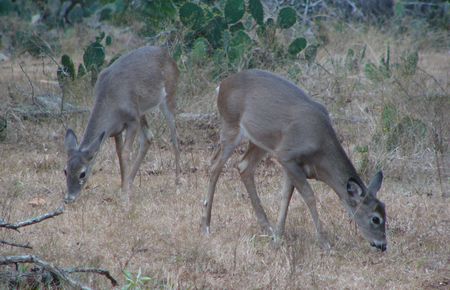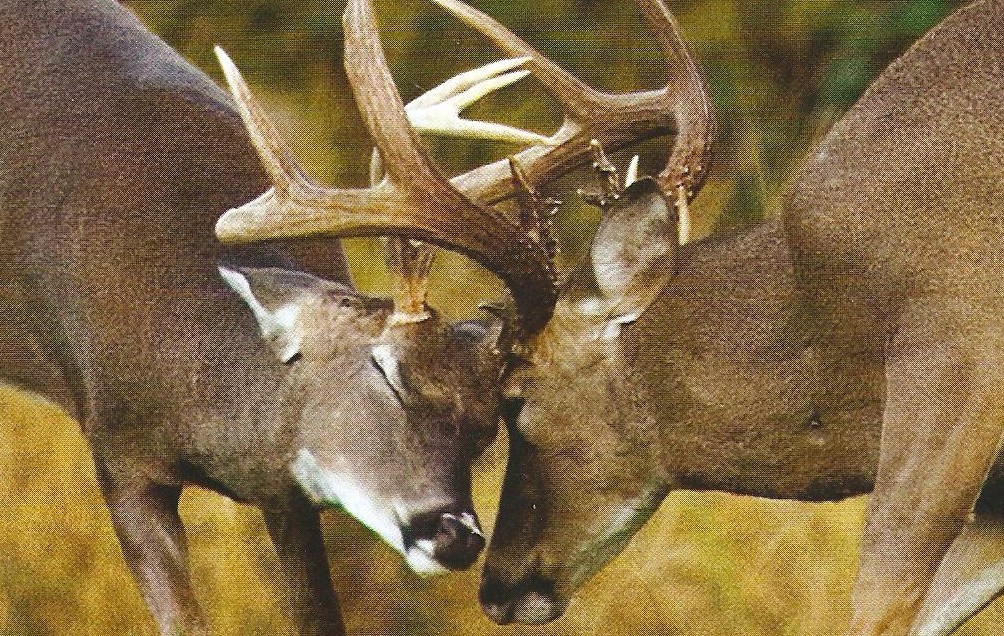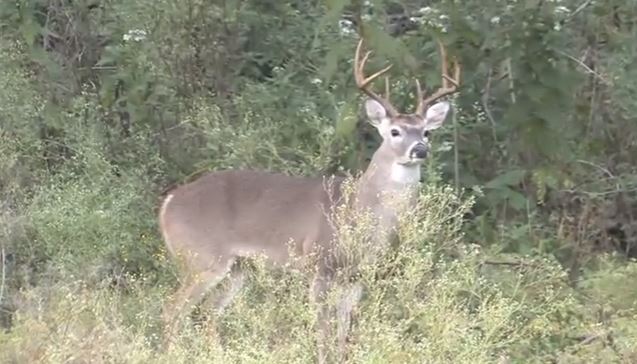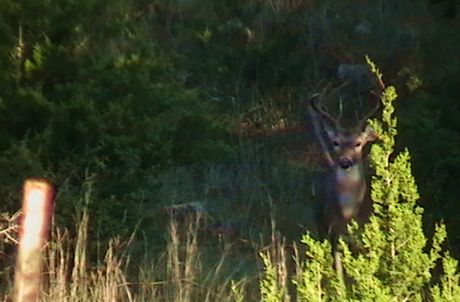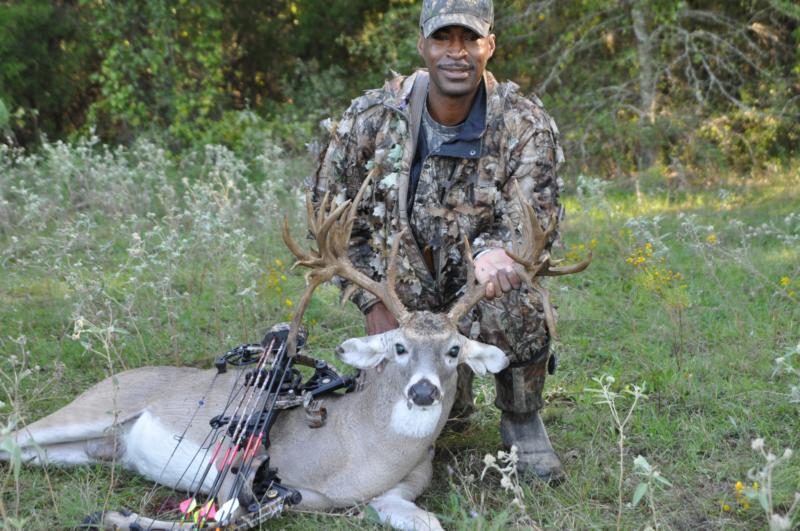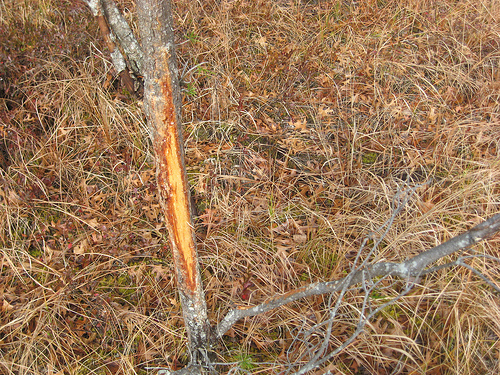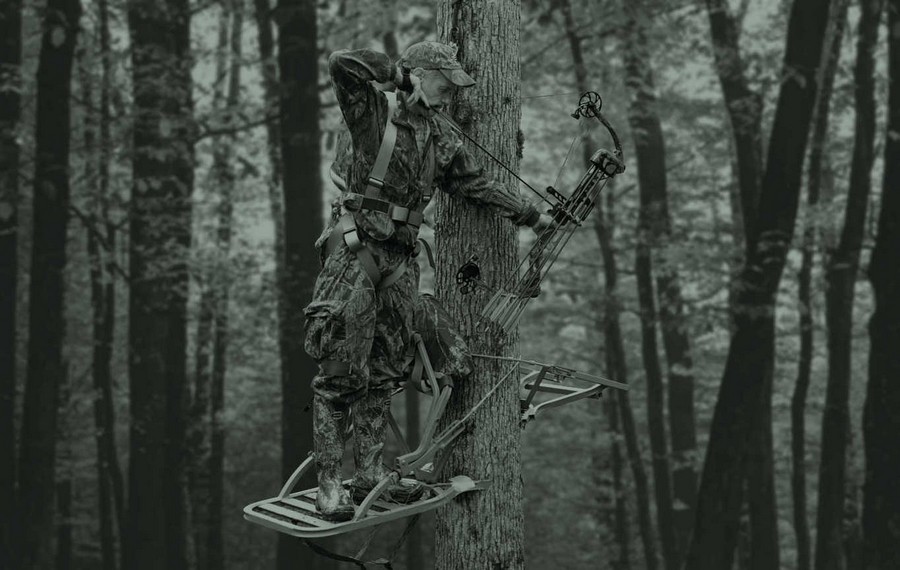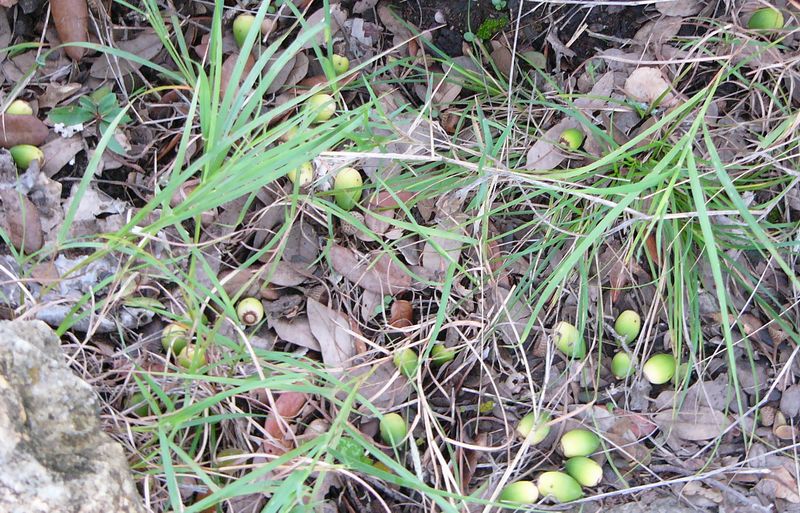Serious diseases such as chronic wasting disease (CWD) can be detrimental to whitetail deer management programs with mortalities impacting local deer numbers as well as regional and potentially even statewide deer populations. State agencies around the country have been monitoring CWD in deer herds for many years now, and they know that it is caused by prions, but much about the spread of the disease was unknown until now. Researchers have discovered that deer asymptomatic for the fatal brain condition known as CWD excrete the infectious prions that cause the disease in their feces.
The finding suggests a reasonable explanation for transmission of the disease among white-tailed deer, mule deer, and possibly elk and moose in the environment. While the study reveals that prions are shed in feces of symptomatic deer as well, the discovery that the infected deer shed prions in their feces many months before they show clinical symptoms is the most unsettling. White-tailed deer, mule deer, elk and moose inadvertently consume feces and soil in the course of their daily browsing and grazing.
The prion is an infectious form of the normal prion protein, which has been found in all mammals examined, including humans. The lethal, infectious form induces the normal protein to twist into a malconformation, initiating a disease process that ravages the brain. Prion diseases, seen in cervids, sheep, cows and humans, are also referred to as spongiform encephalopathies. In wid and captive deer, researchers now know that the inadvertant consumption of feces is how the disease is transferred from animal to animal. So what’s the next step?
With this information in hand, the researchers set out to determine whether the animals could develop chronic wasting disease through long-term consumption of contaminated feces. They did so by measuring the amount of prions contained in the feces of orally infected deer up until the time they became symptomatic and then calculated whether prolonged exposure to the concentrations of prions in these feces would be enough to cause the disease.
“Prion levels in feces samples of asymptomatic deer were very low compared to those in the brains of the same deer at the time of death,” says the lead author of the study, Erdem Tamguney, PhD, an assistant professor at the Institute for Neurodegenerative Diseases, based at UCSF. “However, the total number of prions excreted over time was sufficiently high enough to cause disease in other deer.”
The susceptibility of animals to infection, he says, may also be increased by the simultaneous ingestion of clay soil, which is thought to enhance the infectivity of prions, possibly by slowing their clearance from the gastrointestinal tract.
“Our findings suggest that prolonged fecal prion excretion by infected deer provides a plausible explanation for the high level of transmission of chronic wasting disease within deer herds, as well as prion transmission among deer and other cervid species. Our work may also explain transmission of scrapie prions among sheep and goats,” says senior author and Nobel laureate Stanley B. Prusiner, MD, UCSF professor of neurology and director of the UCSF Institute for Neurodegenerative Diseases.
The study did not examine whether CWD could be transmitted to humans via exposure to deer feces. To date, transgenic mouse studies have indicated that chronic wasting disease does not transmit to humans, but scientists remain open to the possibility that it could.
“We can only say that prions of chronic wasting disease have not transmitted to mice genetically engineered to carry the normal, healthy form of human prion protein in earlier studies,” says Prusiner. “That said, we do not know for sure that deer or elk prions cannot be transmitted to humans.”
